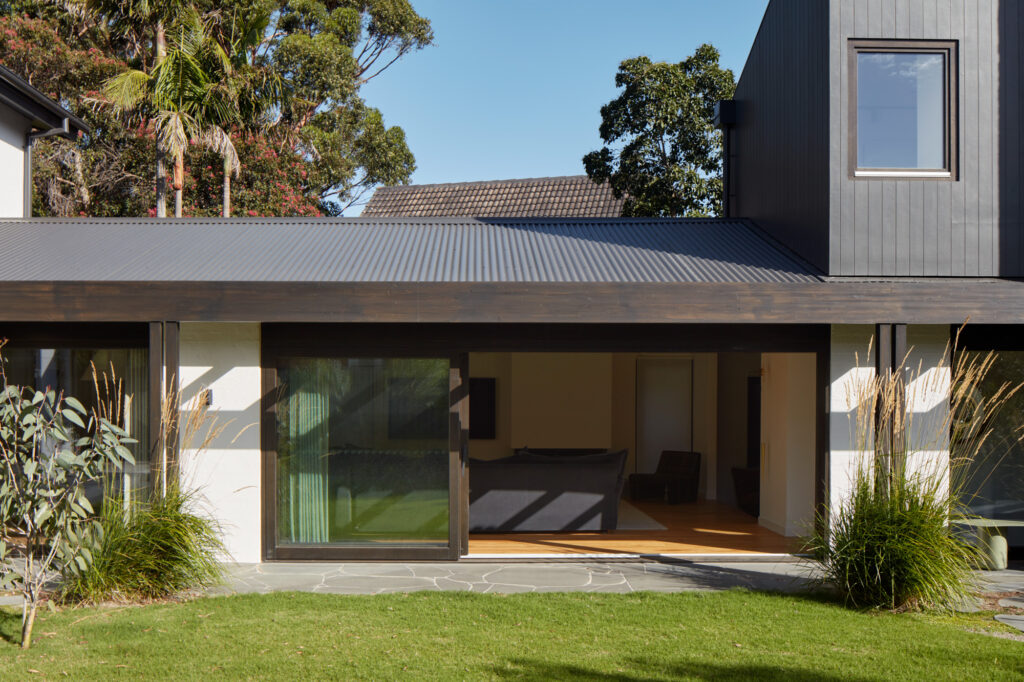Understanding Copyright in Architecture: Common Questions for Building Owners
July 2012
Copyright isn’t just for artists. Architectural designs are protected too, and understanding your rights is essential before starting a construction project. The guidance below is based on the Copyright Act 1968. This provides clarity on some of the most frequently asked questions.
Can I copy a design I’ve seen elsewhere and have my architect redraw it?
No. Using an existing design as the basis for your project can breach the copyright of the original designer. It also wastes your architect’s expertise, which should be focused on creating a solution tailored to your site and requirements.

Who owns the copyright when I engage an architect?
In most cases, the architect retains copyright. Although your ideas contribute to the project, the architect is the author of the ‘work’ once it reaches a stage where it qualifies as a creative work. Copyright can be assigned in writing, but unless this happens, the architect remains the copyright holder. Special provisions apply for works produced under the direction of the Crown.
What rights do I have to use the design?
Generally, clients receive an express or implied licence to construct the building on the specific site for which the design was prepared. If the architect was engaged only for partial services or for illustrative purposes, and copyright wasn’t addressed in the agreement, there may not be a licence to build.
Can I rebuild or repair a building without breaching copyright?
Yes. Section 73 of the Copyright Act 1968 allows reconstruction of a building, provided the original construction did not breach copyright.
Can I extend a building while respecting the architect’s design?
This depends on the agreement between you and your architect. If an extension was anticipated and discussed during the initial engagement, there may be an implied licence to use the original design for consistency. In other cases, permission may be required.
Clients should also consider the architect’s moral rights, which protect the integrity of the work. Alterations may infringe these rights unless the architect has been notified, allowed to document the building before changes, and consulted in good faith.
Can I have another architect finish the project?
If the original architect resigns, you are usually entitled to engage another architect, but legal advice is recommended. Similarly, if you terminate the original architect’s commission, the new architect can typically continue the work, provided the termination follows the terms of the Client and Architect Agreement and outstanding fees are settled.construction was not in breach of copyright.
If you have a project in mind, we’d love to hear about it. You can reach us here.
Disclaimer: This blog is intended for general informational purposes only and does not constitute legal, financial, or professional advice. Every effort has been made to ensure the accuracy of the information provided. No responsibility is accepted for any errors, omissions, or consequences arising from its use. Readers should seek professional advice tailored to their specific circumstances before making decisions related to their building project or contract.
